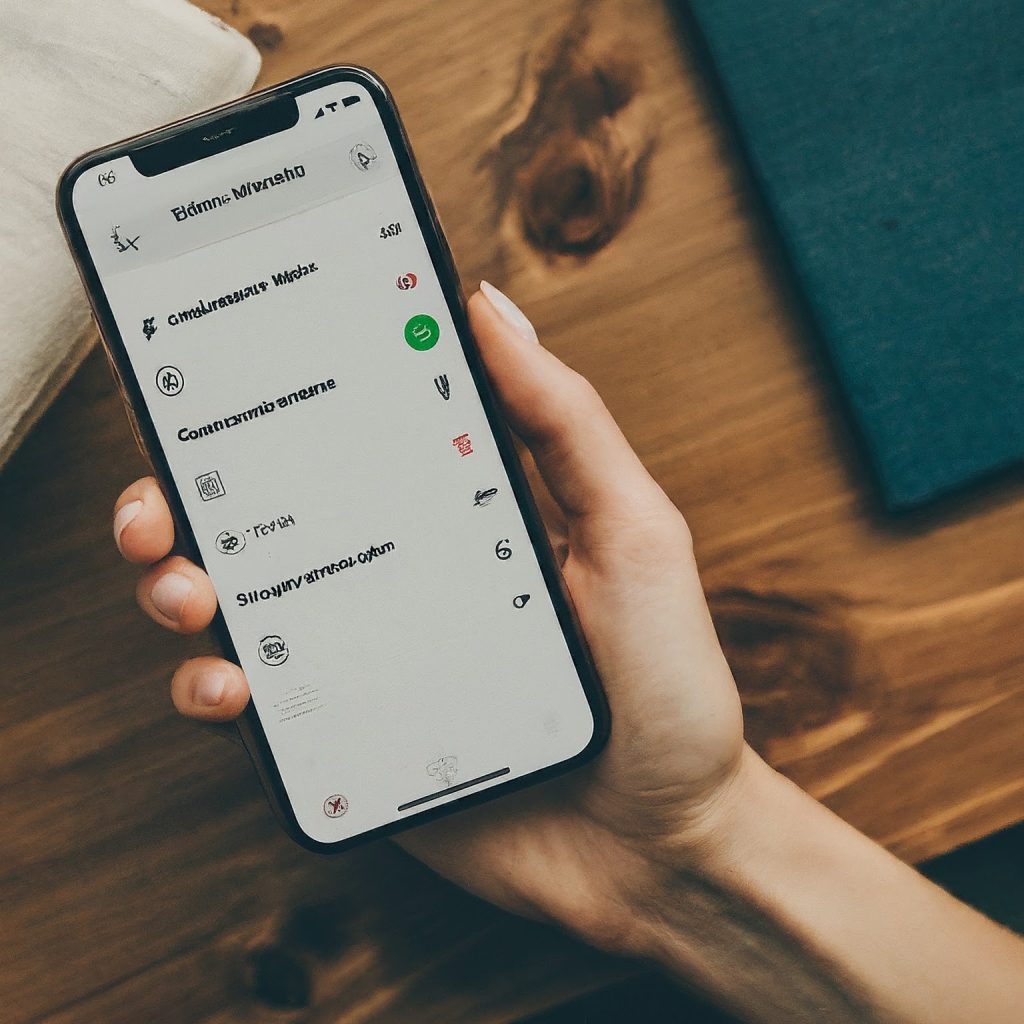In the modern age of connectivity, ensuring that your calls are received, even when you’re out of reach, is crucial. Call forwarding when unreachable is a handy feature that ensures your calls don’t go unanswered when your phone is switched off, out of network coverage, or otherwise unavailable. This comprehensive guide will delve into the intricacies of this feature, providing you with a thorough understanding of how it works, how to set it up, and how to troubleshoot potential issues.

What is Call Forwarding When Unreachable?
Call forwarding when unreachable is a telecommunications service that automatically redirects incoming calls to a designated phone number when your primary phone is unreachable. This means that if your phone is turned off, out of signal range, or otherwise not receiving incoming calls, the calls will be seamlessly transferred to the number you’ve specified.
How Does Call Forwarding When Unreachable Work?
The process behind call forwarding when unreachable is relatively simple:
- Incoming Call: When someone tries to call you, the network detects that your phone is unreachable.
- Network Trigger: The network recognizes the “unreachable” status and triggers the call forwarding feature.
- Call Redirection: The call is automatically redirected to the forwarding number you’ve set up.
- Caller Experience: The caller usually won’t notice any difference, except perhaps a slight delay before the call connects.
Why Use Call Forwarding When Unreachable?
There are numerous reasons why you might want to use call forwarding when unreachable:
- Never Miss Important Calls: Ensure you receive crucial calls even when your phone is unavailable.
- Maintain Professionalism: Present a consistent and reliable image, even when out of the office or traveling.
- Peace of Mind: Relax knowing that important calls won’t go unanswered.
- Emergency Preparedness: Ensure you can be reached in case of emergencies, even if your phone is dead or out of service.
Setting Up Call Forwarding When Unreachable
The process for activating call forwarding when unreachable varies depending on your phone and carrier. Here are the two most common methods:
- Using Your Phone’s Settings
Most smartphones have built-in call forwarding settings. Here’s a general guide:
- Open the Phone App: Launch your phone’s dial pad or phone app.
- Access Call Settings: Go to the settings menu. This is usually found under the three dots (menu icon) or in a separate “Settings” app.
- Find Call Forwarding: Look for the call forwarding options, sometimes listed under “Supplementary Services.”
- Select When Unreachable: Choose the “Forward when unreachable” option.
- Enter Forwarding Number: Type in the phone number where you want calls redirected.
- Activate: Save your settings and activate call forwarding.
- Using USSD Codes
USSD (Unstructured Supplementary Service Data) codes are shortcodes you can dial to manage call forwarding:
- Activate Call Forwarding When Unreachable: Dial *62*[forwarding number]# and press the call button.
- Deactivate Call Forwarding When Unreachable: Dial #62# and press the call button.
Carrier-Specific Instructions
It’s important to note that the exact steps and codes might vary depending on your carrier. Consult your carrier’s website or contact their customer service for specific instructions tailored to your plan.
Troubleshooting Common Issues
If you encounter problems with call forwarding when unreachable, try these troubleshooting tips:
- Verify the Forwarding Number: Double-check that you’ve entered the correct forwarding number.
- Restart Your Phone: A quick restart can sometimes resolve minor glitches.
- Check Network Coverage: Ensure you have a network signal when deactivating call forwarding.
- Contact Your Carrier: If the issue persists, reach out to your carrier’s customer support for assistance.
Costs and Considerations
- Airtime Usage: Forwarded calls are typically charged at your standard rates. This means the call duration will be deducted from your plan or account balance.
- International Calls: Call forwarding to international numbers may incur additional charges. Verify your carrier’s international calling rates.
- Voicemail Interaction: Some voicemail services might not function optimally with call forwarding. Check with your carrier for compatibility.
Alternatives to Call Forwarding When Unreachable
While call forwarding when unreachable is a popular choice, other options exist:
- Do Not Disturb: This feature silences notifications and sends calls directly to voicemail.
- Voicemail: Set up a personalized voicemail message to inform callers of your unavailability.
- Find My Phone Services: Utilize “Find My” services to locate a lost or misplaced phone.
Best Practices
- Inform Callers: Let important contacts know you’ve set up call forwarding so they aren’t surprised if their call is redirected.
- Update Forwarding Number: Regularly review and update the forwarding number to ensure its accuracy.
- Disable When Not Needed: Deactivate call forwarding when you’re reachable to avoid unnecessary charges.
Conclusion
Call forwarding when unreachable is a valuable tool for staying connected even when your phone isn’t available. By understanding how it works, setting it up correctly, and troubleshooting any potential issues, you can ensure that you never miss an important call again.
لا تعليق